
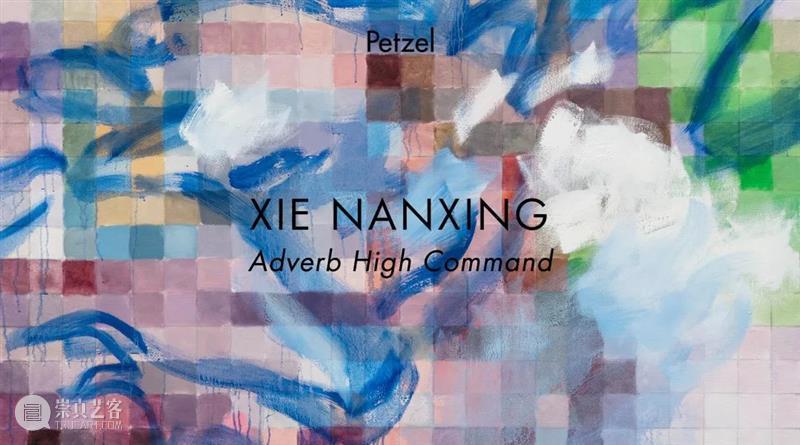
谢南星:副词司令部
Xie Nanxing:Adverb High Command
2022.5.6 - 6.25
Petzel Gallery
“你必须从某个地方开始,从主题开始,如果事情真的有效,它会逐渐消失并留下我们称之为现实的残留物。”
——弗朗西斯·培根
“You have to start from somewhere, and you start from the subject
which gradually, if the thing works at all, withers away and leaves this
residue which we call reality.”
—Francis Bacon, Interview with David Sylvester, 1982–1984
“我们从清晨挖,挖,挖,挖,挖,挖,挖,挖到深夜
我们挖、挖、挖、挖、挖、挖、挖出眼前的一切。”
——弗兰克·E·丘吉尔
“We dig, dig, dig, dig, dig, dig, dig from early morn ‘til night
We dig, dig, dig, dig, dig, dig, dig up everything in sight.”
—Frank E. Churchill, Heigh Ho
谢南星在纽约的首次个展展示了近期两个系列的作品:“矮人的副歌“(2019–2020) 和“绘画的阴影” (2020–2021)。从中可见自1999 年他参加威尼斯双年展以来不断发展的广泛而严苛的实践。
Xie Nanxing’s first exhibition “Adverb High Command” with Petzel Gallery and his first solo show in New York presents two recent bodies of work—The Dwarfs’ Refrain (2019–2020) and Shadows of Painting (2020–2021)—introducing an expansive and demanding practice that has constantly evolved since his work was first presented internationally at the 48th Venice Biennale in 1999.
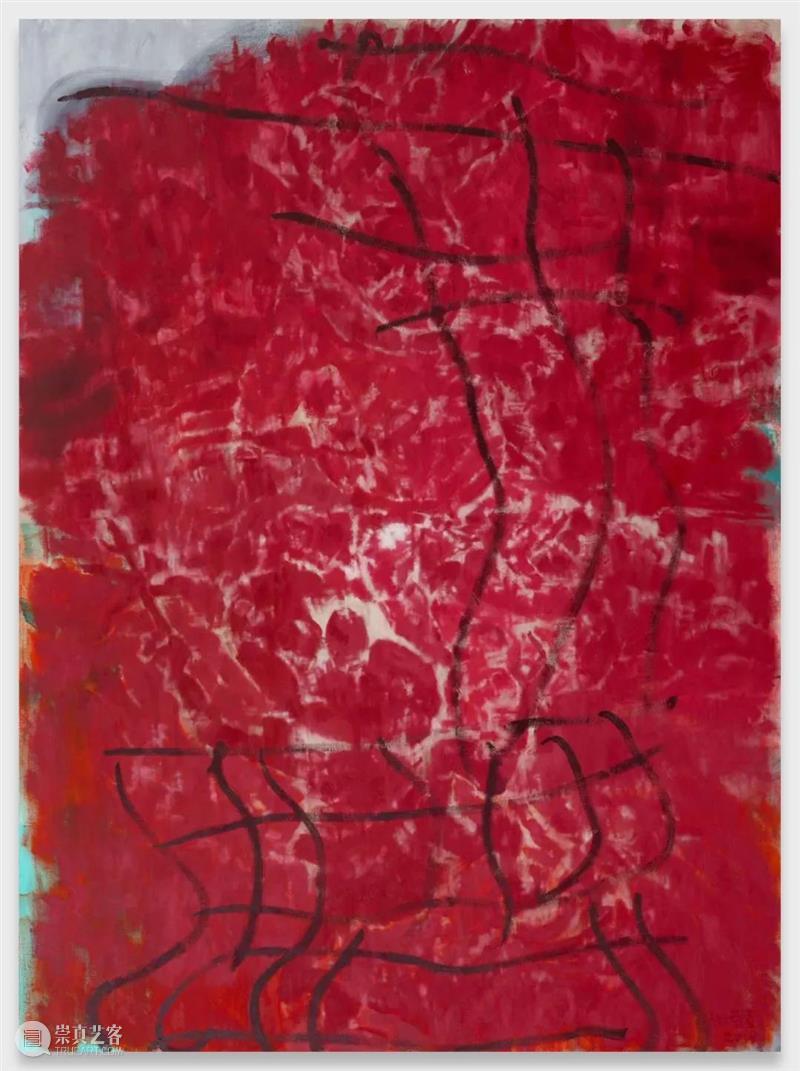
The Dwarfs' Refrain #1, 2019, Oil on canvas, 300 x 220 cm
谢南星在这里表达了他对乔治·迪迪-于贝尔曼的著作《看见与被看》的青睐。这本书以《尤利西斯》中一段著名的段落为开篇,讨论了“观看行为不可避免的分裂”。诺克(Ruth Noack) 策划的 2007 年第 12 届卡塞尔文献展收入了谢南星的作品,她曾用类似的说法描述他的画作,暗示它们引发了某种“观看的危机”。因为谢南星的绘画充满了观者必须驾驭的冲突和矛盾——在具象与抽象之间,绘画性与去物质的概念化之间,在反讽超脱与存在主义的渴望之间。
Xie Nanxing has written recently of his admiration for Georges Didi-Huberman’s What we see looks back at us (Ce que nous voyons, ce qui nous regarde). The book opens with a discussion of “the ineluctable scission of the act of seeing (l’inéluctable scission du voir),” drawing on a famous passage from James Joyce’s Ulysses. Ruth Noack, who included Nanxing’s work when curating documenta 12 in 2007, used a similar phrase to describe his paintings, suggesting that they provoked a “crisis of spectatorship.” This might be the only serious initial response, for Nanxing’s paintings are full of frictions and contradictions that the viewer must navigate—between figuration and abstraction, between painterliness and conceptual de-materialization, between ironic detachment and existential longing.
谢南星强调,“我的目标是具象绘画”,但这被他所采用的手法所掩盖。在 《小矮人的副歌1》中,他使用了过去十多年来的独特方法:画面被一层层颜料叠加,图像则是从一段视频照片分离出来的,被放置在强烈的背光前。在这种情况下,精致、多层的表面被黑色线条打断,初看上去几乎是抽象的,甚至是姿态化的,让人联想到一张网。
“The target,” Nanxing insists, “is figurative painting,” but this is obscured by the means employed. In The Dwarfs’ Refrain No. 1, Nanxing uses a process that has been a part of his practice since the mid-2000s: the painting, built up carefully with layers of thinned-out oil paint, departs from a photograph of a video of a heavily backlit oil sketch. In this instance, that delicate, multi-layered surface is disrupted by black lines, almost abstract or even gestural in appearance but also evocative of a net.

Shadows of Painting No. 5, 2021, Oil on canvas, 200 x 300 cm
事实上,这张画来自他曾任美术编辑的父亲的儿童画小稿。童年时他经常见父亲为童书绘制漫画风格的插图,他从小就讨厌这些插图。他请父亲重新画了一些类似的插图,其中的“小矮人”在《小矮人的副歌 2》中清晰可见。父亲的插画成为他这个系列画作的底本和资料,它们以各自的方式扭曲变形:被拼贴在花哨的儿童织物上,被用粘土制模,被变成传统的中国风景。
The original oil sketch is based on a small illustration by Nanxing’s father, one of several that Nanxing commissioned him to make in the cartoonish style of their childhood drawing lessons, which Nanxing hated. The “dwarfs” of these illustrations, clearly visible in The Dwarfs’ Refrain No. 2, now provide the source material for this new series of paintings, which sees them distorted in various ways: they are collaged onto garish children’s fabric, they are molded with clay, they morph into a traditional Chinese landscape.
“绘画的阴影”系列中的每一幅都以看似抽象的网格开始。《绘画的阴影 5》网格中显露出一只奇怪的人形狗,这再一次提醒我们,这些绘画原本都根植于具体的图像。谢南星在他的练习中称这种新方法为“马赛克”,仿佛在制造一种像素化的图像。在这里,图像被审查了吗?还是将它的发音连接到另一个类似的词,“马赛克”成为创作的缪斯。
Each of Xie Nanxing’s Shadows of Painting begins with a seemingly abstract grid. Looking at Shadows of Painting No. 5, in which the grid gives way to reveal a curiously humanoid dog, we realize that these are in fact all rooted in figurative source imagery. Nanxing calls this new approach in his practice “马赛克.” A transliteration of the English mosaic, it can also mean pixelation. Is the image here being censored? Or should we look back further to the roots of the word, that it is the work of the muses?
在这些马赛克上绘制的图层既指引又误导观众,它们的范围从清晰但支离破碎的人物到似乎渗入网格裂缝之间的丰富厚涂的彩色线条,其中几幅画中还有中文词语。这些具体的符号象征如此明确,嵌入整体后却又含混不清。《绘画的阴影4》网格已经溢出,被一条带有黑色文字的鲜明黄色线条打断。这幅画变成了犯罪现场(该创作主题可以追溯到他1999年参加威尼斯双年展的作品),这像是迫使我们保持距离的障碍物。上面的文字 “孤独孤独孤独孤独”,也许可以为像素化的图像提供一些启示(也许没有——它也可以作为中文水泡声的双关语)。该系列早先被弃用的标题作出了关键提示——艺术家启蒙期的版画经历——这也可以被理解为对丢勒《忧郁 I》的重新阐释。
The layers painted on top of these mosaics both guide and mislead the viewer. They range from clear if fragmented figures (a man holding a syringe, a creature breathing fire) to abstract lines of rich impasto that seem to have seeped between the cracks in the grid and, in several of the paintings, to Chinese words. At the bottom of Shadows of Painting No. 1 a rendering of quickly scribbled text reads: “插图和美术史关系” (“the link between illustration and the history of art”), while in Shadows of Painting No. 6 we see the characters “叽” and “吱,” onomatopoeia of chirping and squeaking/creaking sounds. So far so opaque. In Shadows of Painting No. 4 the grid, already overflowing, is interrupted by a stark yellow line with black writing on it. The painting becomes a crime scene (a theme in Nanxing’s practice that goes back to the 1999 Venice Biennale paintings), and this is the barrier forcing us to keep our distance. But the text across it reads “孤独孤独孤独”—“lonely lonely lonely.” Perhaps this could offer some enlightenment as to the images that have been pixelated (or perhaps not—it also works as a pun on the sound of bubbling water in Chinese). An earlier abandoned title for the series hinted at one key source that draws from Nanxing’s printmaking background—a reworking of Dürer’s Melancholia.
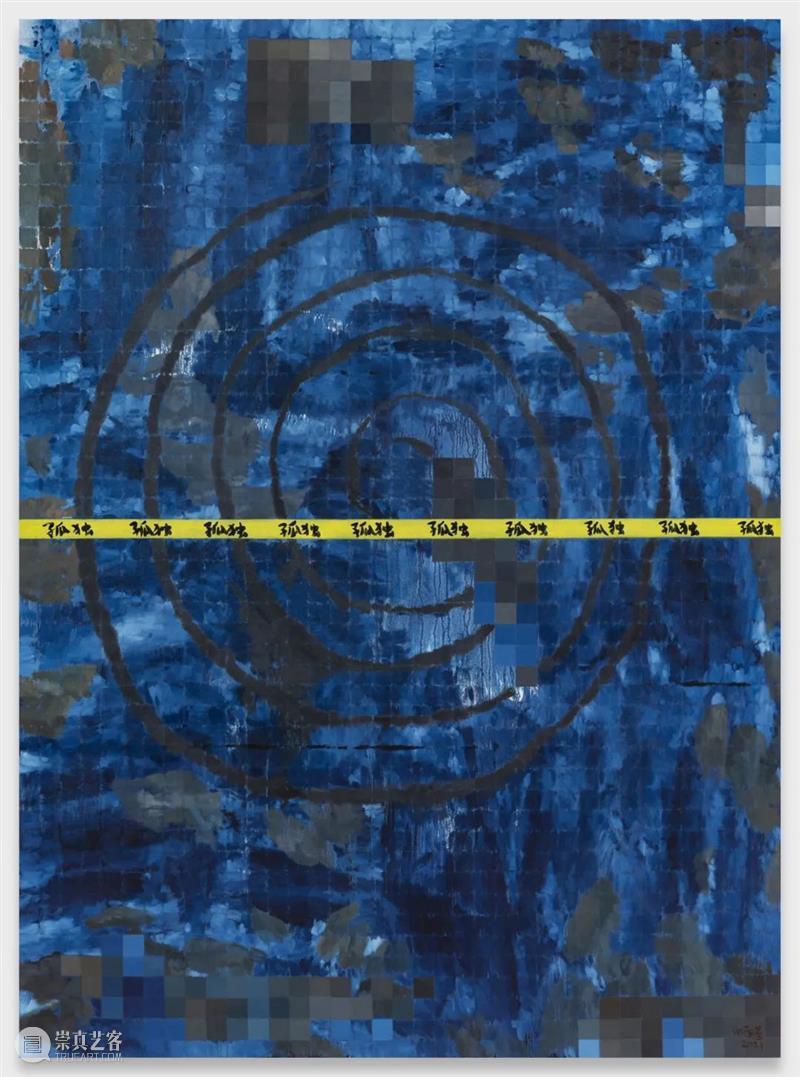
Shadows of Painting No.4, 2021, Oil on canvas, 300 x 220 cm
试图解释谢南星绘画的尝试,给观众留下的问题常常多于答案。所有的层次、错综复杂的方法——这难道不是一种技艺精湛的后现代游戏吗?意图让观众时刻保持智力水平?或许这是谢南星接近更根本东西的方式,亦或是真实的东西?
An attempt at interpretation leaves the viewer with more questions than answers. All the layers, the convoluted methods—is this virtuosic post-modern play, designed to hold us at the level of intellect? Or could this be Nanxing’s way of approaching something more fundamental, even something true?
也许应该像迪迪-于贝尔曼那样回到乔伊斯:“请闭上眼睛观看。
Didi-Huberman returns to Joyce: “Shut your eyes and see.”
展览现场
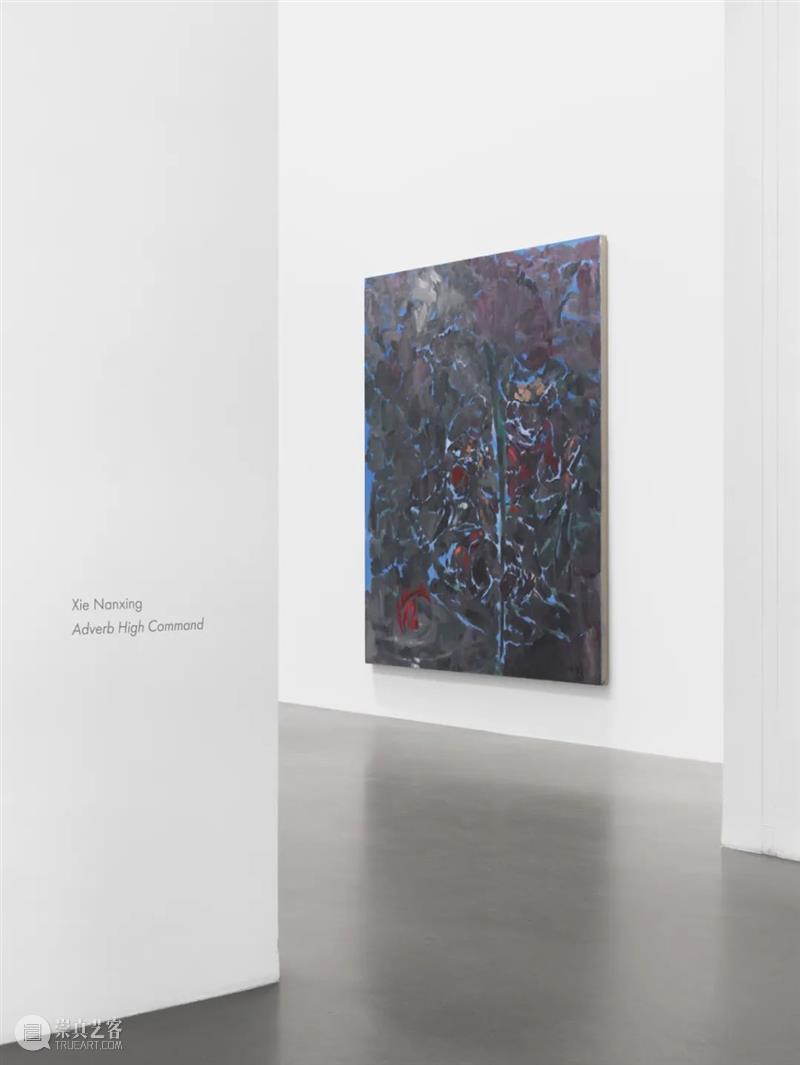
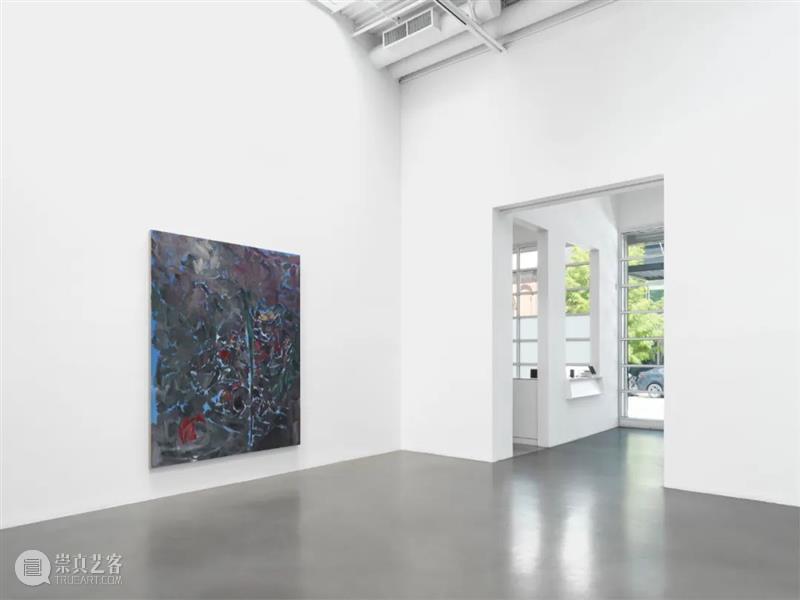
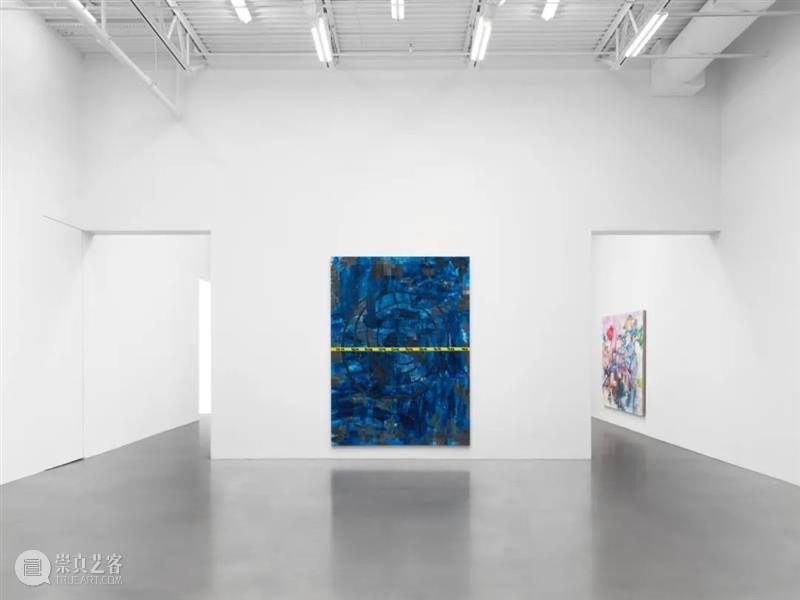
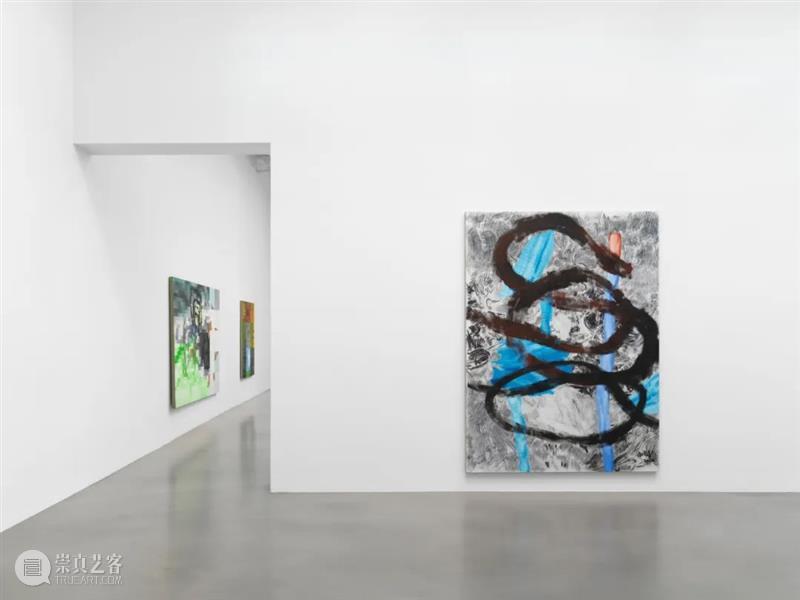
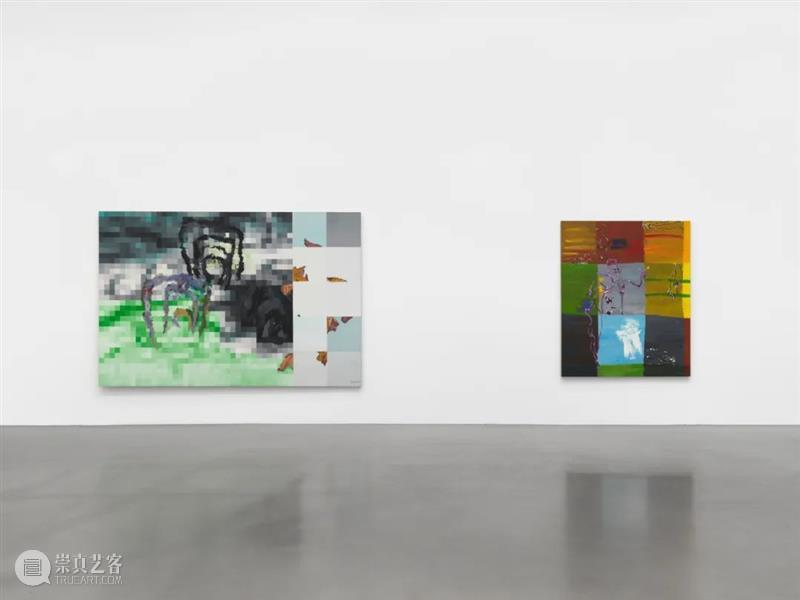
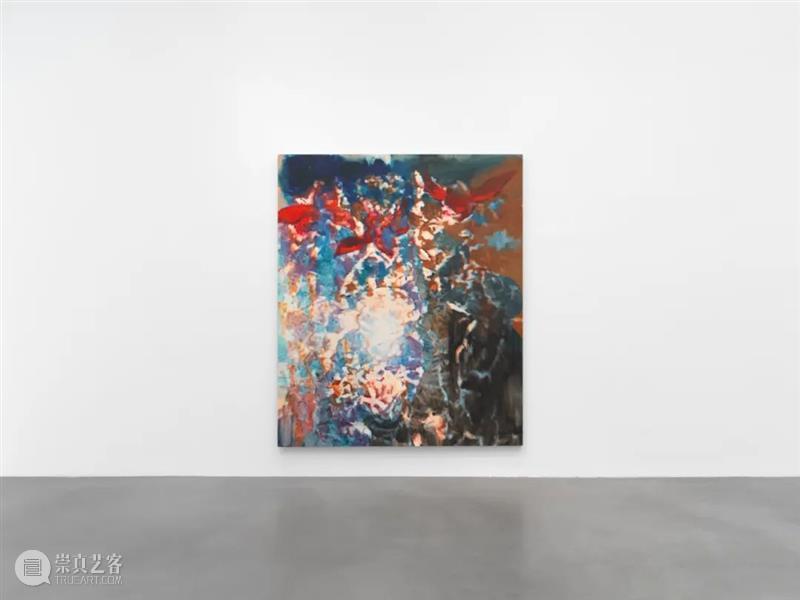
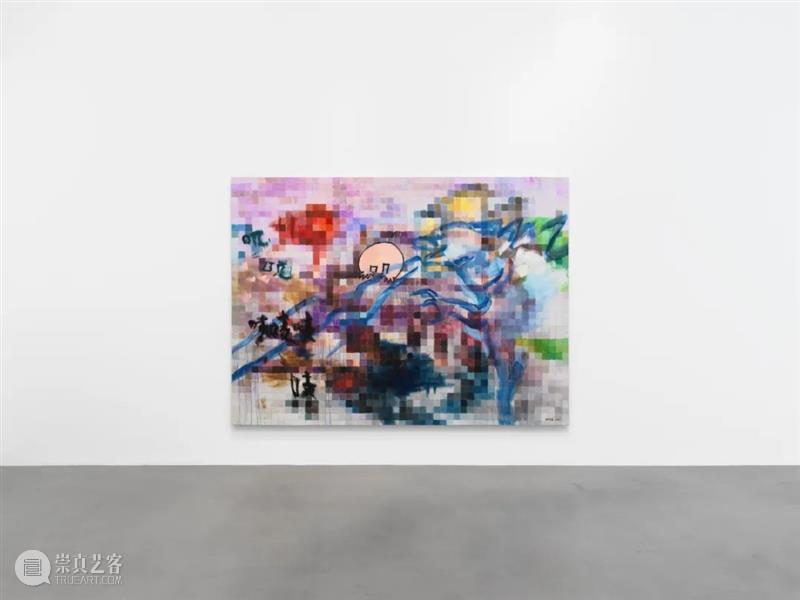
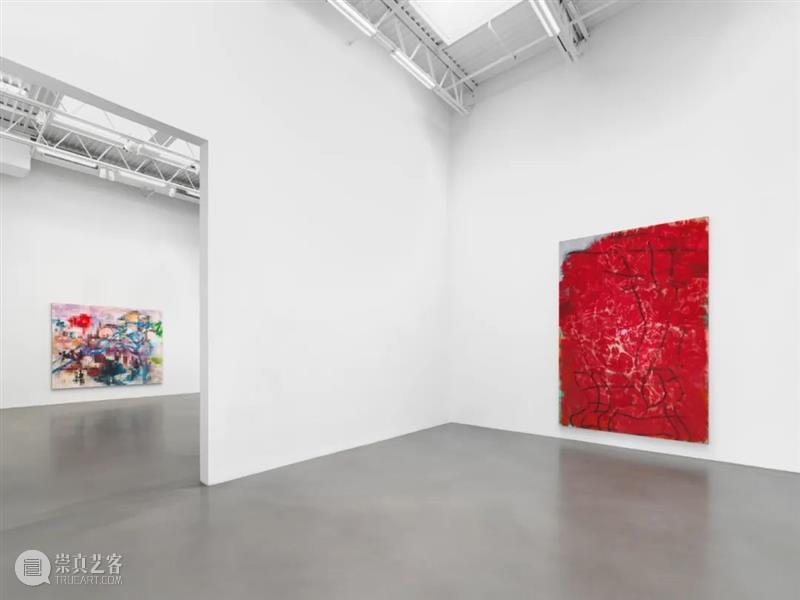
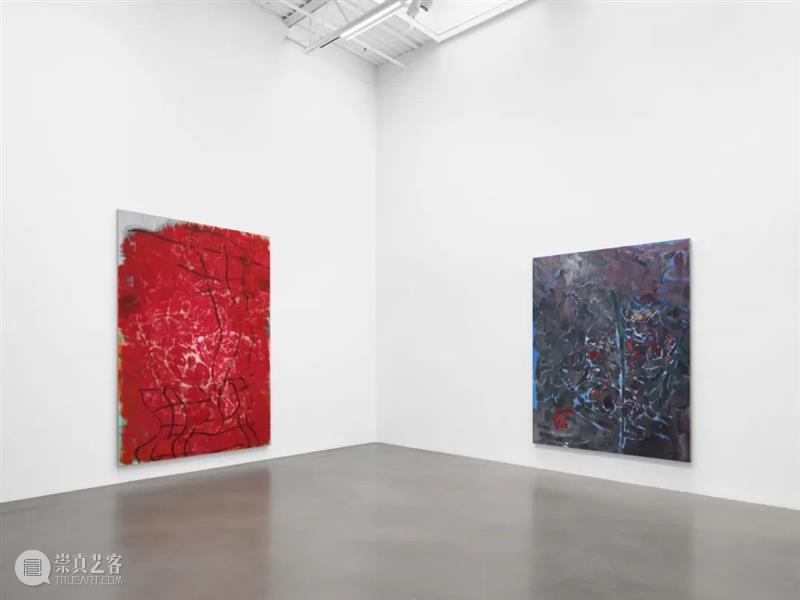
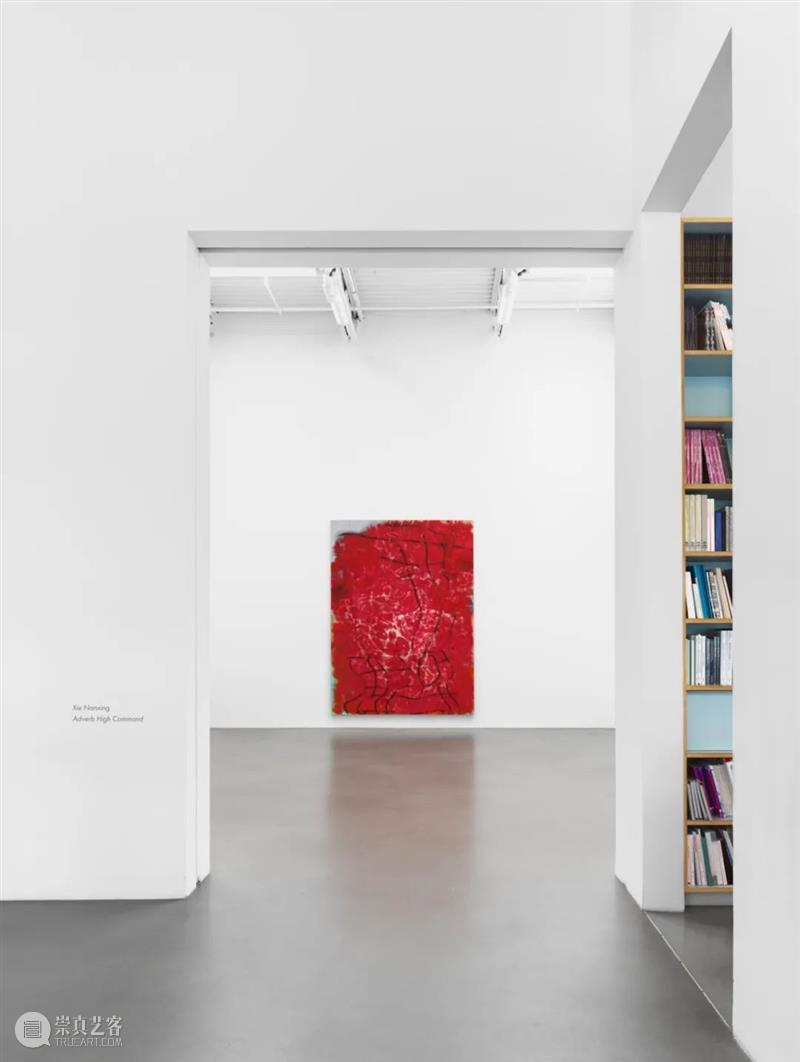
本文文字及图片来自Petzel Gallery以及DawanArt。



已展示全部
更多功能等你开启...





 分享
分享